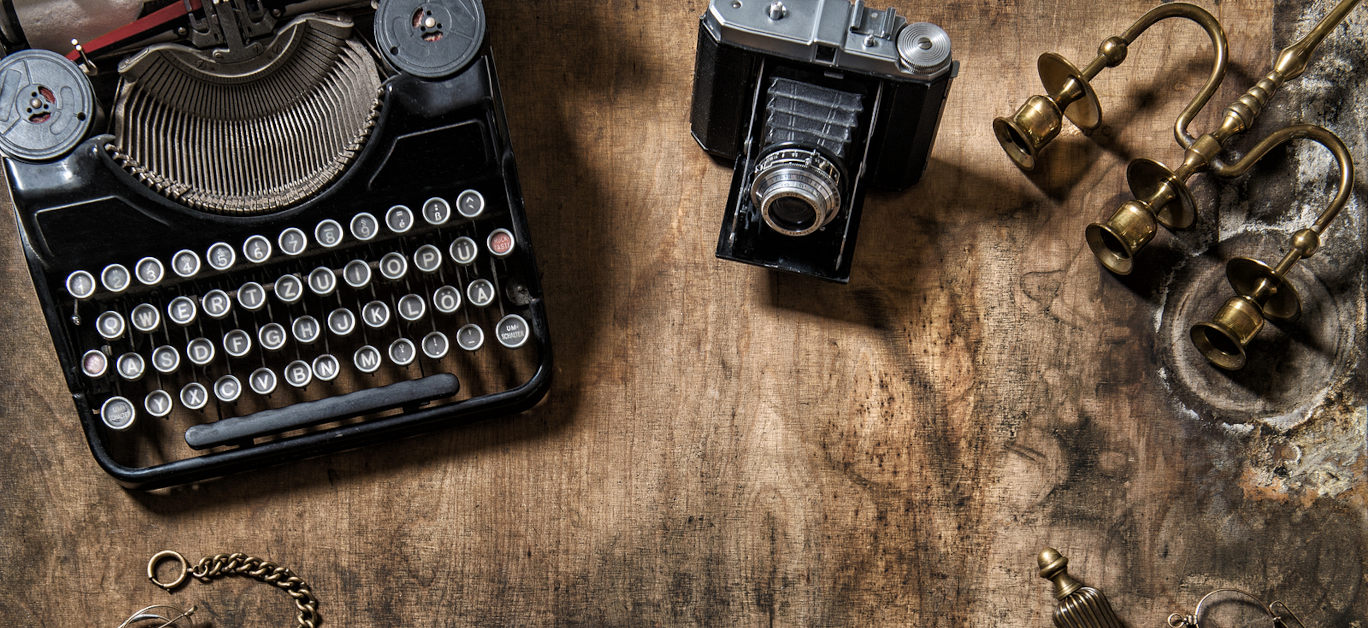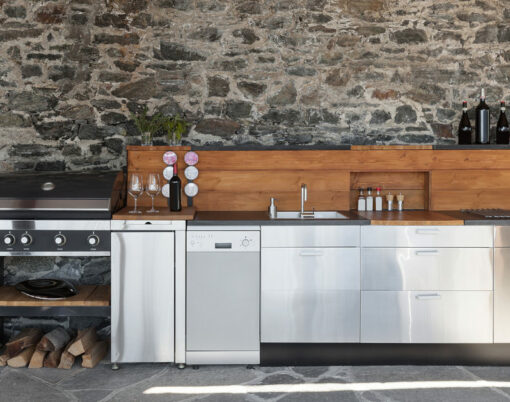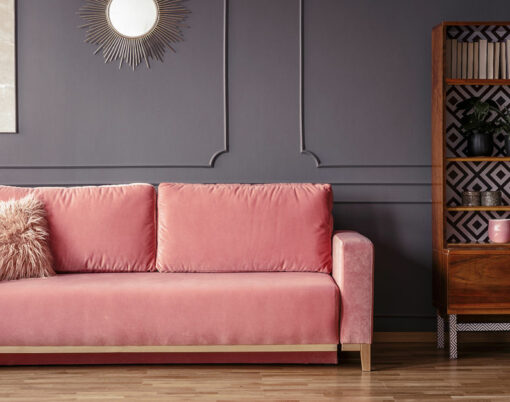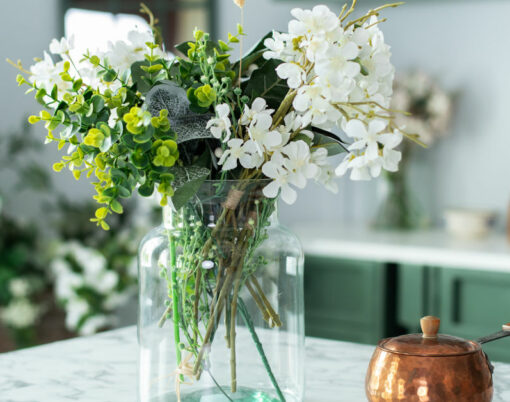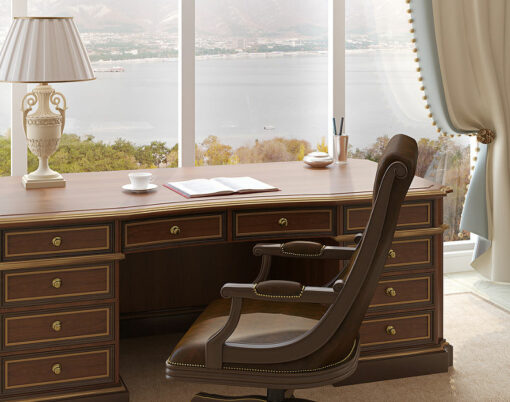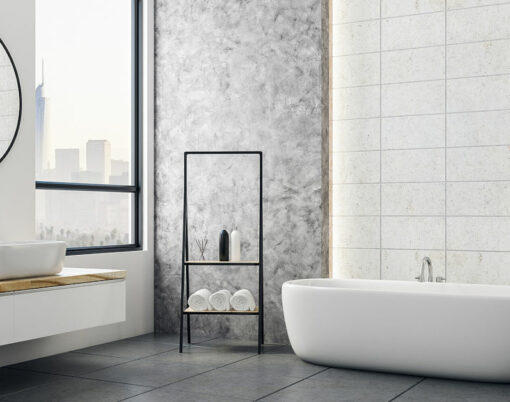Are you the proud owner of some exquisite luxury items? Perhaps you’re a collector of fragile antiques or a connoisseur of delicate glassware. Whatever the case may be, one thing is certain: when it comes time to pack up these precious possessions, extra care and attention are required.
In this step-by-step guide, we’ll walk you through the process of packing fragile luxury items so that they arrive at their destination unscathed. Whether you’re preparing for a move or shipping your treasures to a buyer, these tips will ensure that your valuables remain in pristine condition throughout their journey.
Why might you need to pack up fragile items?
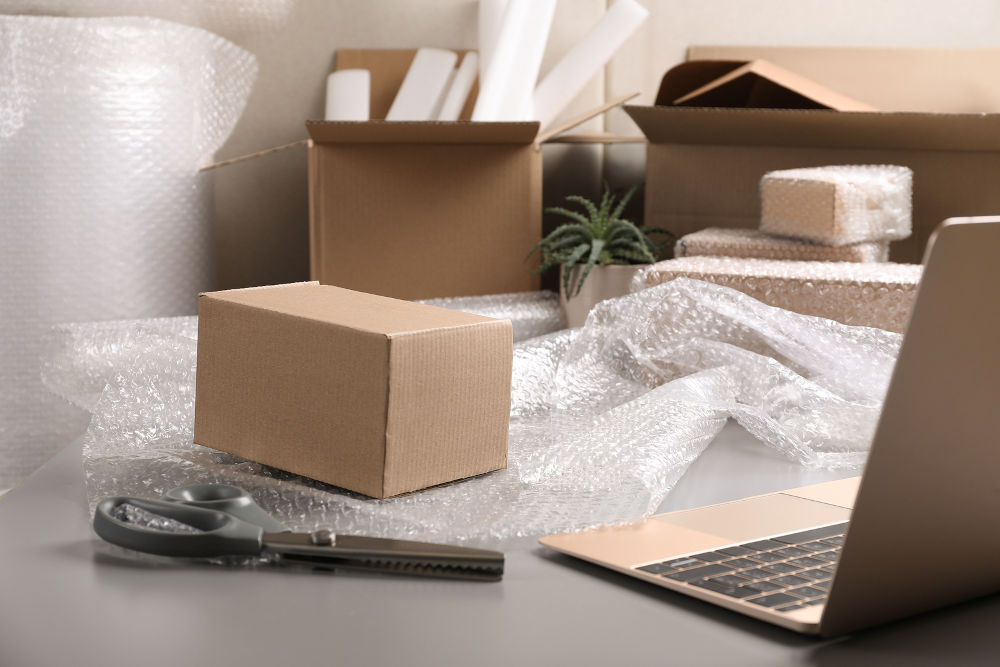
Whether you’re a passionate collector or simply someone who appreciates the finer things in life, there may come a time when you need to pack up your fragile luxury items. There are various reasons why this might be necessary, ranging from selling antique items to moving house to sending a loved one a precious gift.
If you’re in the business of buying and selling antiques, packing fragile items is par for the course and this knowledge will come in handy if you’re sending a fragile gift to a friend or family member for a special occasion. These valuable pieces often require extra care and attention to ensure they arrive at their new home intact. From delicate porcelain figurines to intricately carved wooden furniture, each item must be meticulously wrapped and secured before transport.
Moving house and putting items into storage are other common scenarios where packing fragile items becomes essential. Whether you’re relocating across town or embarking on an international adventure, it’s crucial to safeguard your precious possessions during transit. And finding the storage solutions for your expensive items might be achieved easily, but you’ll want to make sure they arrive in one piece. Fragile household items such as crystal stemware, decorative mirrors, and artwork should be packed with utmost caution to prevent any damage that could occur during the move.
Even if you don’t have plans to sell antiques or move house anytime soon, unexpected situations can arise where proper packing becomes imperative. Perhaps you’ve been invited to exhibit your luxury glassware collection at a prestigious event or loaned out your rare vintage vinyl records for display purposes. In these instances, ensuring the safety of these priceless objects by expertly packaging them will give you peace of mind throughout their journey.
Which items might need extra care when packing?
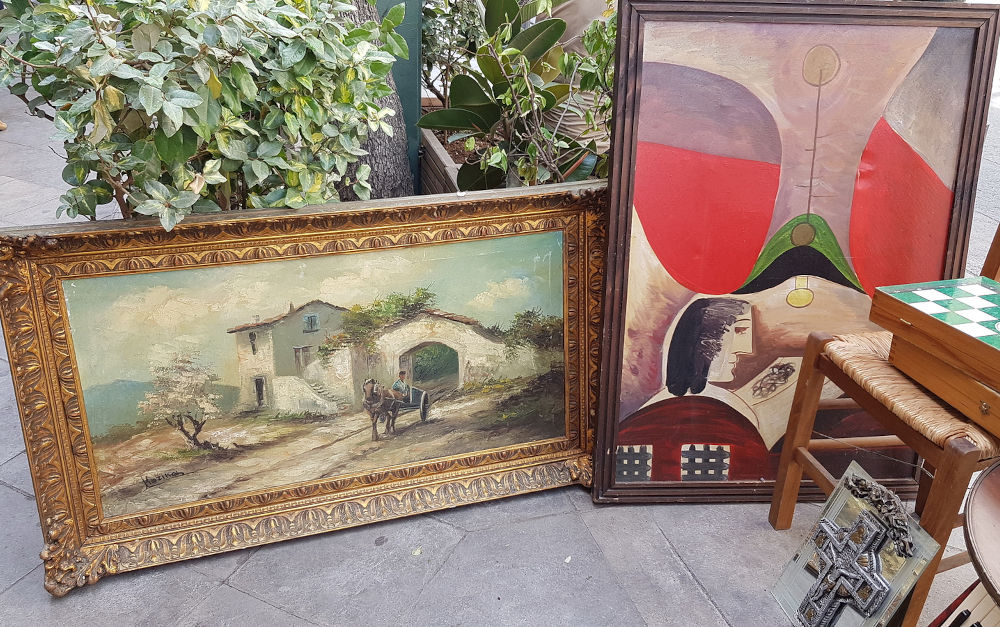
When it comes to packing up fragile items, there are certain household items that require extra care and attention and it’s crucial to handle these luxury fragile items with caution. Here are some examples of household items that need extra care when packing:
Fine china and glassware
Delicate dishes, tea sets, and glassware should be individually wrapped in bubble wrap or tissue paper before placing them in sturdy boxes. It’s important to secure each item tightly and provide enough cushioning to prevent any breakage.
Artwork
Paintings, framed prints, and sculptures are highly vulnerable to damage during transportation. Use acid-free tissue paper or foam sheets to protect the surface of the artwork. Place them in specialised art boxes or build custom crates for added protection.
Electronics
High-end electronics such as flat-screen TVs, laptops, and sound systems need careful handling due to their sensitive components. Wrap them in anti-static bubble wrap or foam padding before placing them securely in appropriate-sized boxes.
Fragile décor items
Decorative pieces like delicate vases, figurines, crystal chandeliers should be packed separately using ample amounts of wrapping material such as bubble wrap or soft cloth.
Antique furniture
Old furniture pieces may have intricate carvings or fragile joints that can easily get damaged if not handled properly during a move. Disassemble larger pieces whenever possible and pad all surfaces with protective materials like moving blankets or thick cardboard.
Remember that each item is unique so take time assessing its fragility level before packing it accordingly.
How to pack fragile items properly – a step by step guide
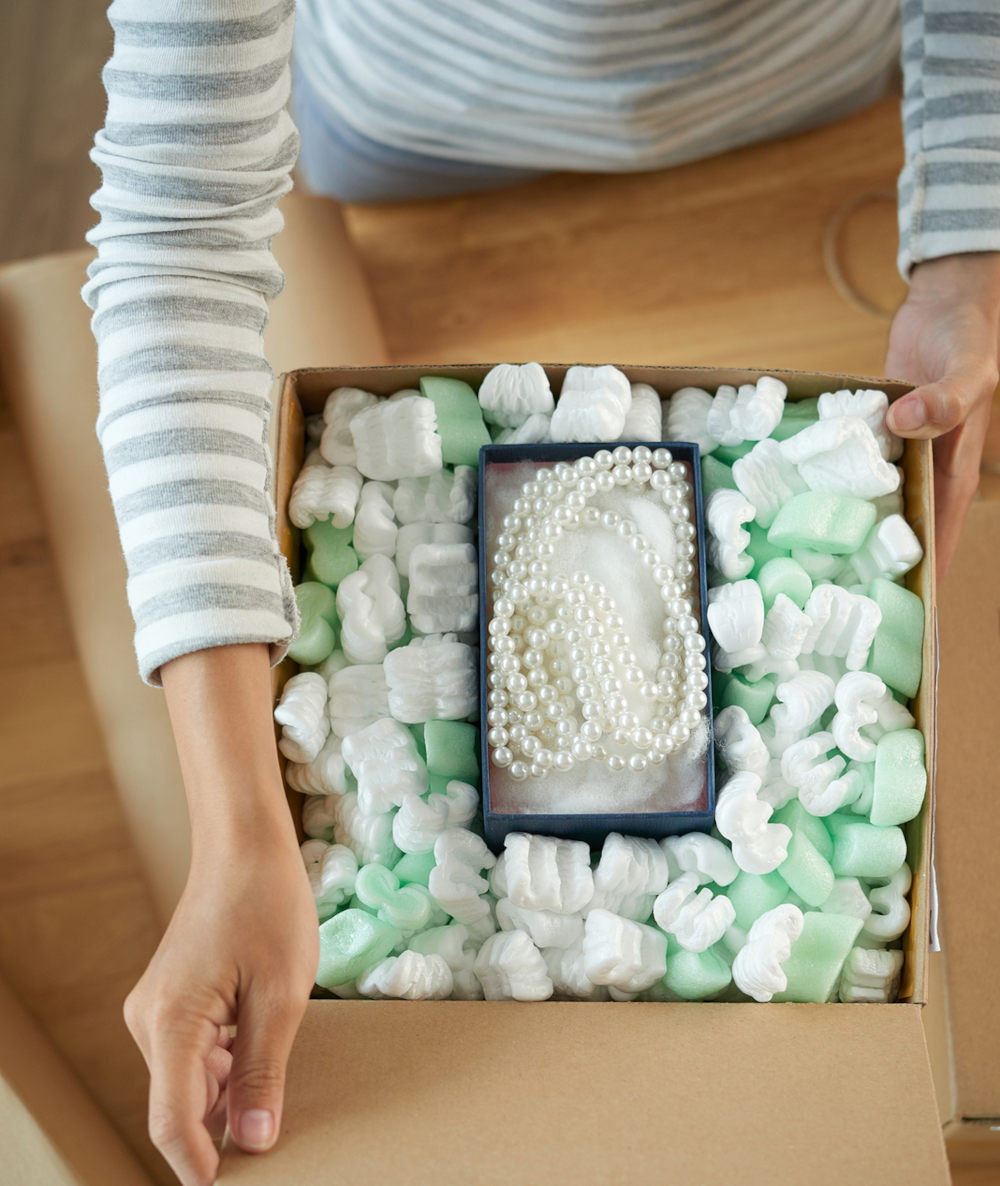
Packing luxury items may seem like a daunting task, but with the right approach and careful attention to detail, you can ensure that your cherished possessions are protected during transit or storage. Here’s a step-by-step guide to give you peace of mind.
1. Gather supplies
Before you begin packing, make sure you have all the necessary supplies on hand. This includes sturdy boxes in various sizes, bubble wrap or foam padding, packing paper or tissue paper, packing tape, markers for labelling boxes, and any specialised packaging materials required for specific items.
2. Wrap each item individually
Start by wrapping each fragile item individually in several layers of bubble wrap or foam padding. Make sure to cover all sides and corners to provide maximum protection against bumps and shocks.
3. Use proper cushioning
Once wrapped up securely, place the item inside a box lined with padding material such as crumpled newspaper or air-filled packing pillows. The goal is to create a cushioned layer around the item to absorb any impact during transportation.
4. Separate items within boxes
If you’re packing multiple fragile items in one box, be sure to separate them using dividers made from cardboard or additional layers of cushioning material. This will prevent them from coming into direct contact with each other and minimise the risk of damage caused by friction.
5. Fill empty spaces
Fill any empty spaces inside the box with more padding material to eliminate movement during transit. This could include extra bubble wrap, foam peanuts (packing peanuts), or even clothing articles like socks and towels if needed.
6. Label boxes appropriately
Clearly label each box as ‘Fragile’ along with a brief description of its contents so that everyone involved in handling knows how delicate its contents are supposed to be treated.
7. Handle with care during transportation
When moving boxes containing fragile luxury items from one place to another, always handle them with utmost care. Avoid tossing or dropping boxes and use trolleys when needed.












